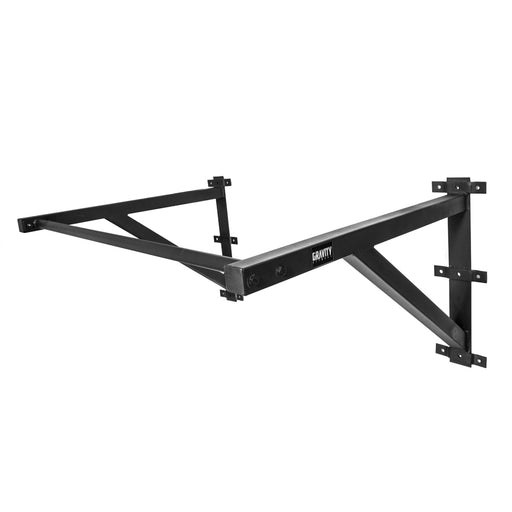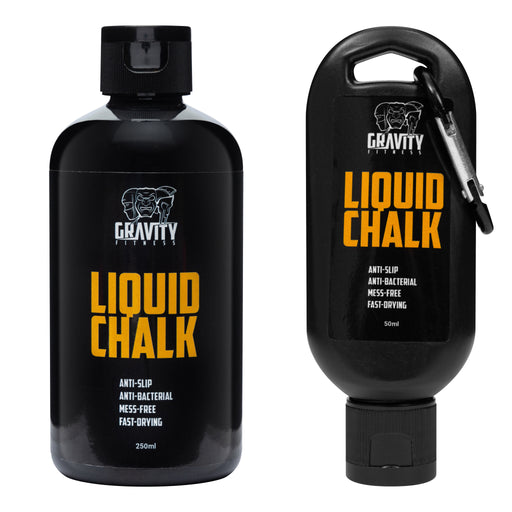
Nutrition guidelines for calisthenics – build strength without excess mass
Nutrition guidelines for calisthenics – build strength without excess mass
We often say that calisthenics is for everybody and every body. And we really mean it – calisthenics (ie bodyweight mastery) is accessible to every age, shape, size, and body type. Not just that, it’s fundamental to all other kinds of sport and training.
But whilst we actively support any body practicing calisthenics, we totally understand that you might be wondering what the best nutrition guidelines are to develop your version of a calisthenics body – a balance of strong, lean, and light. Let’s look at some practical and sensible ways to approach nutrition for calisthenics.
Get your calories right
Calisthenics feels easiest when you achieve a balance of strength to bodyweight. For more of us, that means not being too heavy. If you’d like to lose a bit of weight to improve your calisthenics movements, look at your total caloric intake. Weight loss happens when we are in a caloric deficit, so make sure you aren’t eating more than your body expends. That said, you don’t want to eat too little either, as this will impact your energy levels for training and your body’s ability to recover.
Balanced macronutrients
The three macronutrients are protein, carbohydrates, and fats – and you need all of them to train calisthenics. Protein is vital for muscle recovery and growth. Carbs are your body's primary energy source for training. And healthy fats are important for health and satiety.
Eat a moderate to high protein diet, with a range of protein sources. Then allocate the rest of your calories to carbs and fats, but remember that fats have more calories per gram than carbs do. There is no reason to cut out carbs or fats – just aim for a balanced, healthy diet that is mostly from “real” wholefoods like wholegrains, root veg, lentils and beans, fruit and veg, meat/fish, eggs, dairy etc. Protein powder can be a convenient way to reach your daily protein requirements, check out, PHD's Diet Whey.
Eat to support training
You don’t need to stress about meal timing, but it makes sense to eat to fuel your workouts. Before training, eat a balanced meal with carbs and protein (60-90 minutes before your session). After training, have a regular balanced meal. If it’s going to be a while before your next meal, grab a snack like a protein shake and a piece of fruit.
80/20 approach to nutrition
The 80/20 guideline is a great way to balance food quality and food enjoyment. After all, there’s no point setting yourself rigid food rules that you can’t stick with. Try to get 80% of your calories from common sense healthy foods (wholefoods), and use the remaining 20% for processed foods, treats, and having a social life!
Stay hydrated
Proper hydration is often overlooked but is crucial for calisthenics. It’s not just about not being thirsty. Dehydration can lead to decreased training performance and recovery. Drink water throughout the day, and consider adding electrolytes during intense workouts or on hot, humid training days.
Be mindful about food choices
A balanced approach to nutrition shouldn’t have rigid rules. But it makes sense to develop a mindful awareness about why you eat, what your food triggers are, what you gravitate towards when you’re stressed, and all those ingrained food behaviours. Start getting curious about the way you eat when you’re stressed, bored, unhappy, lonely etc. Awareness is the first step in replacing those food habits that aren’t good for you.
Do you have to be lean to do calisthenics?
Lots of people think that calisthenics is only for small wiry gymnast types. But this just isn’t true. At its core, calisthenics is the art of mastering your own bodyweight, which means it’s suitable (or crucial!) for everyone.
But even if you look at the top calisthenics athletes, you’ll see that the classic body type associated with the sport is shifting. Many calisthenics experts these days are pretty big and muscular, carrying a lot of lean mass.
If you want to adopt some nutrition guidelines that will keep you at a healthy bodyweight for your personal calisthenics journey, try our basic ideas above. And remember, the best way of eating is one that is free from rigid rules and sustainable enough to do any day of the year.
Check out the Gravity Fitness store for all the calisthenics and functional fitness gear you need for your fitness lifestyle.










































